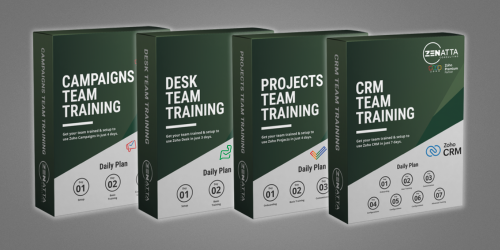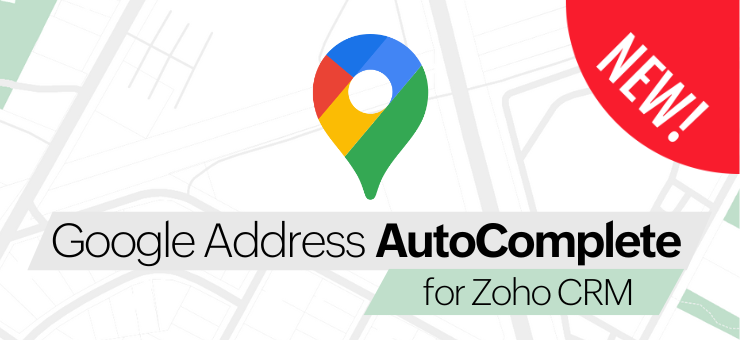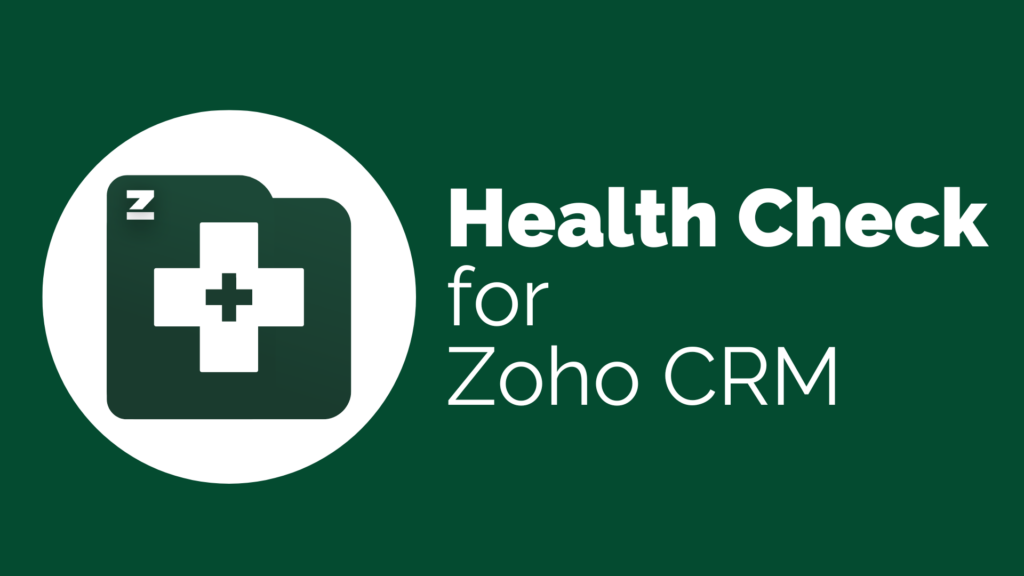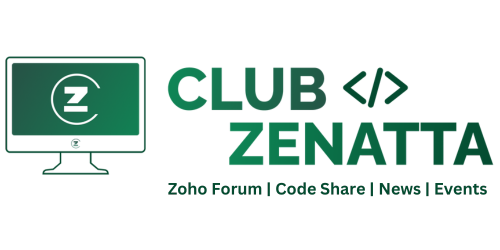Zoho CRM has significantly evolved its forecasting features over the past year. Once considered limited, it now offers powerful tools to help businesses predict sales outcomes and plan effectively. In this Zoho CRM forecasting tutorial, we’ll break down how to configure and use both top-down and bottom-up forecasting models, helping you choose the best approach for your team.
What is Forecasting in Zoho CRM?
Forecasting in Zoho CRM allows you to predict future sales performance based on your deals and pipeline. These forecasts help managers and executives allocate resources, set realistic revenue goals, and track team performance.
Step 1: Set Up Roles Before Forecasting
Roles are foundational for forecasting. In Zoho CRM, forecasts roll up through the role hierarchy. For example, individual sales reps report to managers, who then roll up into company-level goals. Proper role setup ensures accurate and structured forecasting.
Step 2: Choose a Forecast Model
Zoho CRM supports two primary forecasting models:
- Top-Down Forecasting: You start with a company-wide revenue goal (e.g., $1 million/quarter), then break it down by departments, managers, and individual reps.
- Bottom-Up Forecasting: You begin at the user level, assigning quotas based on each rep’s capabilities. These individual quotas roll up to form your overall forecast.
Top-down is ideal for goal-driven planning, while bottom-up offers flexibility if your team size or experience levels vary.
Step 3: Configure Forecast Settings
In the Forecast Configuration screen, you’ll choose:
- Model: Top-down or bottom-up
- Hierarchy Basis: Roles or territories (roles recommended)
- Forecast Type: Revenue, quantity, or both
- Field: Typically “Expected Revenue,” which calculates based on pipeline stage probabilities
- Fiscal Year: Customize start month to align with your company calendar
Step 4: Create and Customize Forecasts
You can create forecasts for:
- Entire organization
- Specific segments (e.g., B2B vs B2C)
- Service lines or market segments
Each forecast can be set for a monthly or quarterly period. For top-down, set the total goal first, then distribute it down the hierarchy. For bottom-up, input quotas at the user level and let totals roll up.
Step 5: Monitor Forecast Performance
Once created, the forecast dashboard provides insights such as:
- Performance Trends: Visual graph showing closed deals vs. goals
- Achievement Comparisons: Tracks progress over time
- Role-Based Metrics: Displays forecast vs. achieved revenue for each role and user
- Pipeline Insights: Shows expected revenue from open deals
You can also close deals in your pipeline to see live updates reflected in your forecast.
Additional Features to Enhance Accuracy
- Forecast Adjustments: Manually adjust for deals you’re confident will close but haven’t moved in the pipeline.
- Anomaly Detection: Alerts you to outliers or potential data entry errors.
- Forecast Cloning: Easily duplicate forecasts for future periods.





